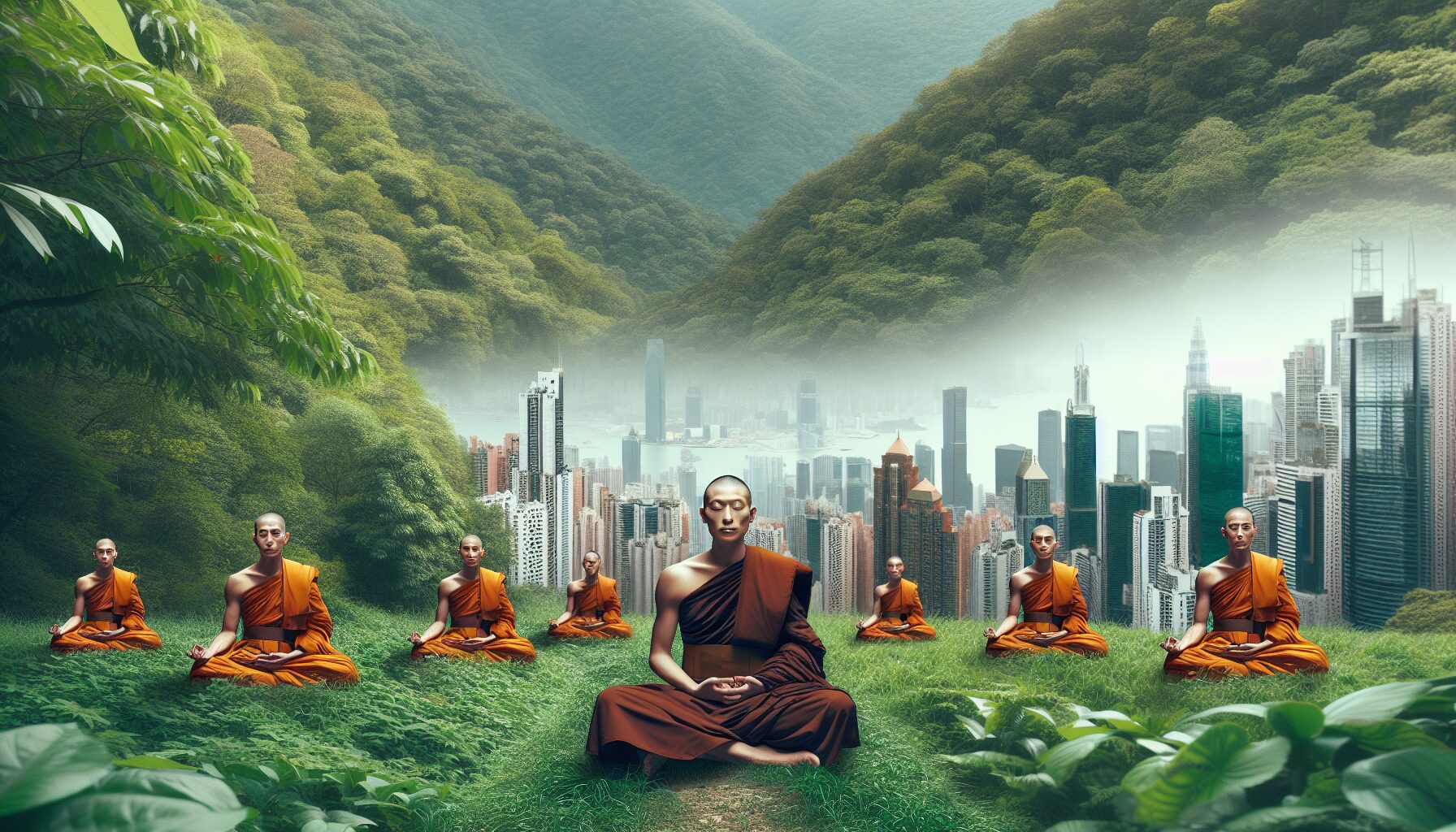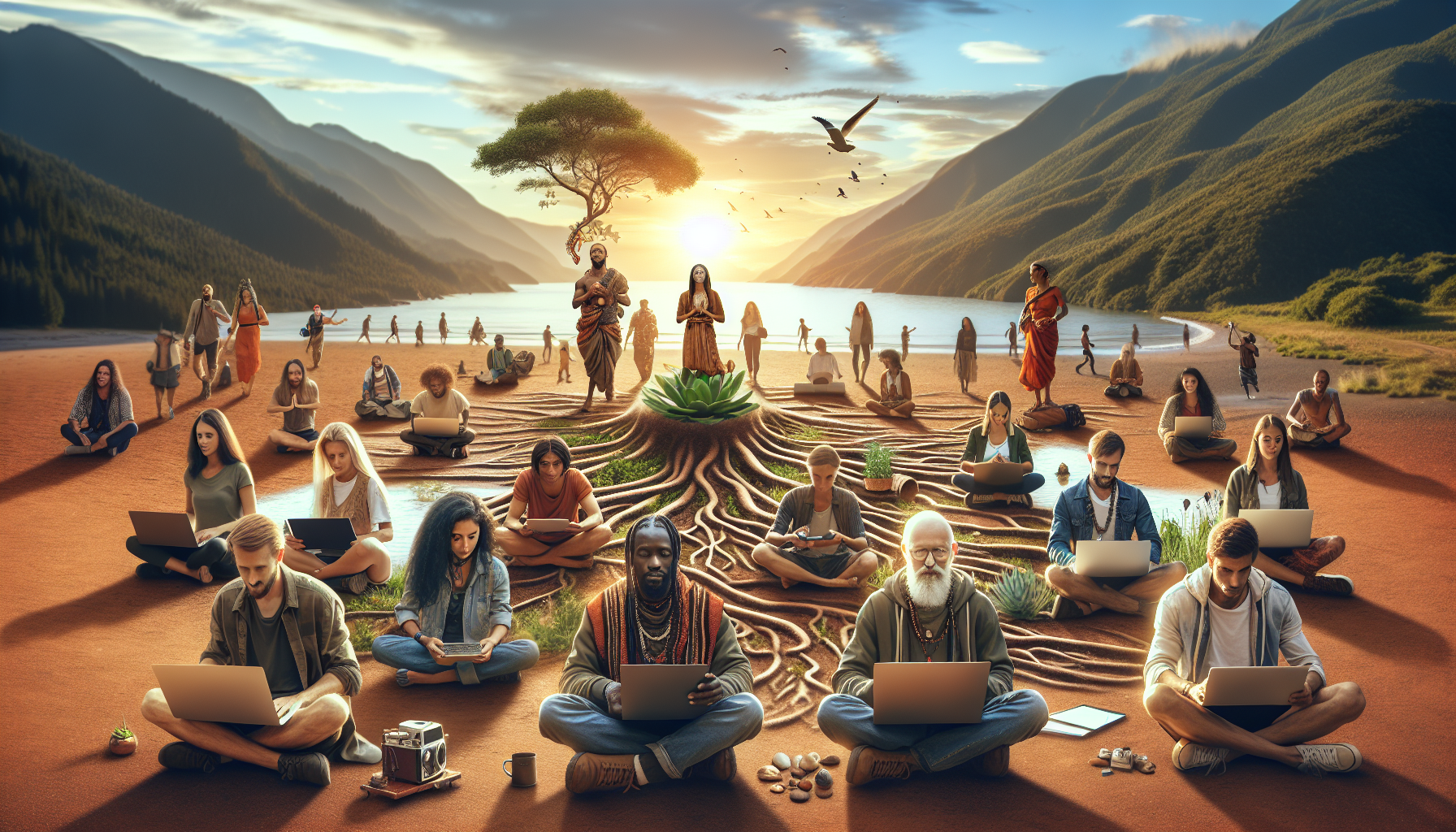The Nomad’s Koan: Understanding the Essence of a Wandering Life
In a world that often values stability and permanence, the concept of a nomadic lifestyle can appear alien or even anachronistic. However, the endless wanderings of nomads hold a wisdom encapsulated in what could be termed “The Nomad’s Koan”—a philosophical puzzle that challenges the norms of settled life.
“The journey itself is my home.” – Matsuo Basho
Much like a traditional koan, a paradoxical anecdote or riddle often used in Zen Buddhism to demonstrate the inadequacy of logical reasoning, the nomadic way of life questions the conventional pursuit of rootedness and material accumulation. It invites us to reflect on the meaning of home and identity in a deeply interconnected world.
Characteristics of the Nomadic Lifestyle
- Fluidity and Movement: Nomads live by embracing change as the only constant, finding comfort not in places, but in movement itself.
- Minimalism: Without the burden of excessive possessions, nomads often advocate for a minimalist lifestyle, focusing on the essentials that can be carried or easily transported.
- Community and Connection: Moving from place to place fosters deeper connections with diverse cultures and people, enriching the nomad’s understanding of humanity.
The Philosophical Underpinnings
At its core, the nomadic lifestyle turns the traditional relationship between space and identity on its head. While settled societies often define identity through a connection to a particular place, nomads find identity through experiences and interactions across various locales. This cultural adaptability is captured well by Ralph Waldo Emerson, who said,
“Do not go where the path may lead, go instead where there is no path and leave a trail.”
Modern Relevance and Reflection
In today’s world, where digital technologies allow remote work and global communication, the nomadic lifestyle is seeing a resurgence. Digital nomads represent a modern iteration, combining technology with the ancient tradition of wandering. According to National Geographic, “With the world’s borders being more porous than ever before, the rise of the nomad lifestyle signifies a desire for a richer, more expansive existence beyond the walls of an office or the confines of a single city.”
Embracing the nomadic koan challenges us to consider the transient yet deeply fulfilling nature of what it means to be human. In embracing the journey, in being at home in many places, nomads encapsulate a profound truth: life is less about the destination and more about the tapestry of experiences along the way.




